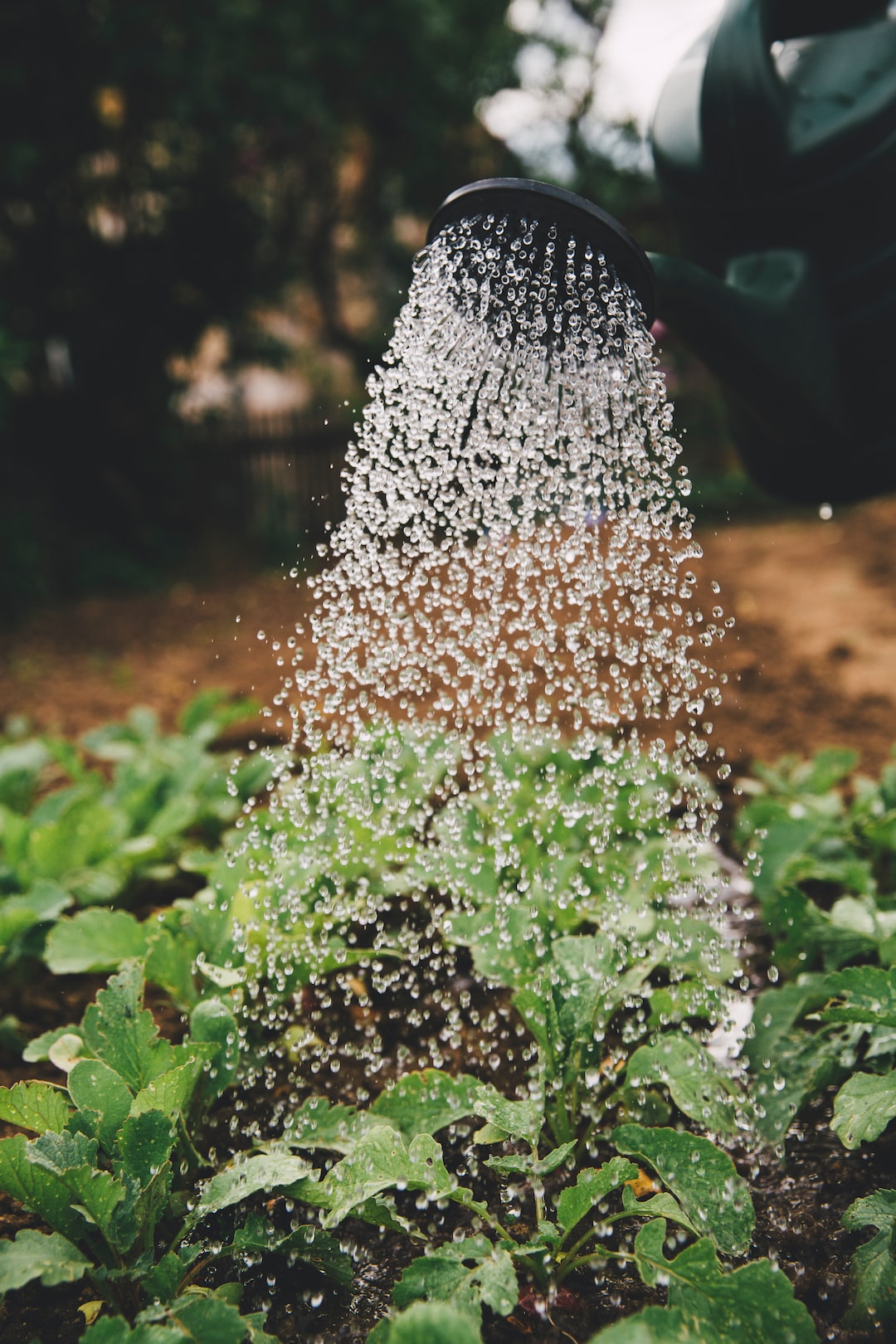How to Start a Successful Herb Garden in Your Kitchen
Herbs are an essential ingredient in many delicious dishes, and what better way to ensure their freshness than by growing them in your own kitchen? Starting a herb garden can be a rewarding and sustainable project, allowing you to have a constant supply of herbs at your fingertips. In this blog post, we will guide you through the steps to start a successful herb garden in your kitchen.
1. Choose the Right Location
One of the most crucial factors for a thriving herb garden is selecting the right location in your kitchen. Herbs need a lot of sunlight, so choose a spot that receives at least 6-8 hours of direct sunlight daily. A south-facing window is ideal. If your kitchen lacks natural light, consider investing in artificial grow lights to supplement the sunlight.
2. Select the Right Herbs
Next, decide which herbs you would like to grow in your kitchen garden. Consider the herbs that you use most frequently in your cooking. Popular choices include basil, parsley, mint, thyme, rosemary, and cilantro. Ensure that the herbs you choose are suitable for indoor growing and can thrive in the conditions of your kitchen.
3. Choose the Right Containers
Selecting the right containers is crucial for a successful herb garden. Ensure that the pots or containers you choose have good drainage facilities to prevent root rot. Terra cotta pots are a great choice as they allow soil to breathe and dry out more evenly. Alternatively, you can repurpose old jars or containers for a more eco-friendly approach.
4. Use High-Quality Potting Soil
Herbs thrive in nutrient-rich soil, so invest in high-quality potting soil for your kitchen garden. Avoid using regular garden soil as it tends to be too heavy and can hinder drainage. Potting soil mixed with organic matter will provide the necessary nutrients for your herbs to flourish.
5. Plant and Water Your Herbs
Once you have your containers ready and filled with potting soil, it’s time to plant your herbs. Ensure that you choose healthy seedlings or starter plants from your local nursery or garden center. Follow the planting instructions provided, ensuring proper spacing between plants to allow for growth. Water your herbs thoroughly after planting and maintain a regular watering schedule to keep the soil moist but not waterlogged.
6. Provide Adequate Air Circulation
Good air circulation is essential in preventing diseases and promoting healthy growth in your herb garden. Avoid overcrowding your plants by giving them enough space to grow and ensuring that they are not touching each other. Using a small fan in the vicinity or even opening a nearby window periodically can help with air circulation.
7. Prune and Harvest Regularly
Regular pruning and harvesting are crucial to encourage healthy growth in your herbs. When your herbs reach a height of around 6 inches, start pinching off the tips to promote bushier growth. Harvest your herbs frequently- the more you harvest, the more they will grow. Be sure to pinch off the leaves at the nodes, which will encourage new growth.
8. Fertilize as Needed
While potting soil provides some nutrients, herbs will benefit from occasional fertilization. Use a balanced, organic fertilizer or compost to provide the necessary nutrients to your herb garden. However, be careful not to over-fertilize, as this can lead to nutrient burn and negatively impact the growth of your plants.
9. Protect from Pests
Pests can be a common issue when growing herbs indoors. Keep a watchful eye for signs of pests such as aphids or spider mites. If you notice any pests, use organic pest control methods such as neem oil or insecticidal soaps to remove them. Avoid using chemical pesticides, as they can contaminate your herbs and potentially harm your health.
10. Enjoy and Experiment
Once your herb garden starts thriving, enjoy the fruits of your labor! Experiment with different recipes and cuisines to incorporate the fresh flavors of your homegrown herbs. You’ll be amazed at the difference it can make to your culinary creations. Additionally, consider sharing your herbs with friends and family, as they make wonderful, thoughtful gifts.
Starting a successful herb garden in your kitchen is a great way to have fresh, flavorful herbs at your disposal throughout the year. By following these steps, you can create a thriving garden that adds a touch of vibrancy and freshness to your cooking. So, roll up your sleeves, get your green thumb ready, and get started on your own kitchen herb garden today!

